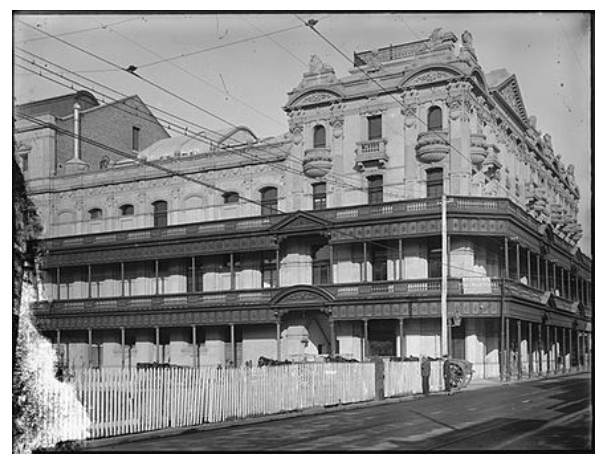Drama Tuesday - The past empowers us for the present
/ In 1994 Wayne Fairhead was keynote speaker at The NADIE (National Association for Drama in Education – now Drama Australia) National Conference in Perth. Wayne spoke from his experience of drama education in Ontario, Canada but also from a local perspective as he was once a local lad.
In 2021, as drama educators in Australia face a Review of the Australian Curriculum: The Arts being conducted by ACARA the Australian Curriculum, Assessment and Reporting Authority, it is timely to reconsider some of the ideas that Wayne spoke about back in 1994. There are powerful resonances
Curriculum is in a state of profound and constant change all around the world. We are being asked to be totally accountable by a society that sees our tasks in contradictory terms. Hence the jargon and whatever you want to call these action objectives – learning outcomes, standards, targets, etc. As teachers I think one feels powerless when changes happened so suddenly and then so called experts suggest a seemingly new direction.
Educators who tackle restructuring are caught in a time warp between the old and the new. On the one hand teacher teachers are being asked to teach the students to think – to forsake superficial coverage of content for depth and understanding. On the other hand they are still judged publicly and privately by standardised tests that emphasise isolated facts, wrote learning and content coverage.
I am hoping that we can find ways of sharing Wayne’s whole keynote with the wider drama education community. His theme was EMPOWERMENT AND A CHANGING CURRICULUM.
I don’t think that what effective teachers, and I mean drama teacher specifically, actually do in their classroom needs to change all that dramatically. What we have to learn to accept is firstly to live with ambiguity and secondly develop an ability to clearly state what it is we expect our students will learn. The ambiguity is not going to go away – change is too rapid and individual countries do not control their economies. No one has all the answers therefore the team becomes increasingly more important. We can only solve problems together locally nationally and internationally. This is where I wish to affirm the statement that NADIE is “pulling a lot of strings” at the moment. It is! Here in Oz you are indeed lucky. You are a national team to be reckoned with. In Canada it’s a constant struggle because of the regionalism that exists.
And so where do learning outcomes fit into all of this-the empowerment process and ongoing curriculum change. They are an attempt to CLARIFY what it is we do in our classrooms. They endeavour to provide an OPEN agenda for students.
The focus on students is a timely reminder.
There is so much more in Wayne’s keynote (which I re-found in a fax from him after the conference and which I have now transcribed for, hopefully, another generation).
There are many connections with Wayne as he visits his family here (when – in pre-COVID-19 times – he could) and we met on many occasions around the world through IDEA. In 2004 Wayne was the Director of the IDEA Congress in Ottawa, Canada and continues his life long support for drama education.
It is important that we do not lose sight of the shared wisdom of the past particularly when it can enlighten us about the present and future.
And the peacocks that rule the roost in The New Fortune, still parade themselves across the stage as a descant on Hamlet’s lament for Poor Yorick. And my sad commentary on what the University has lost.
The New Fortune Theatre, University of Western Australia





















